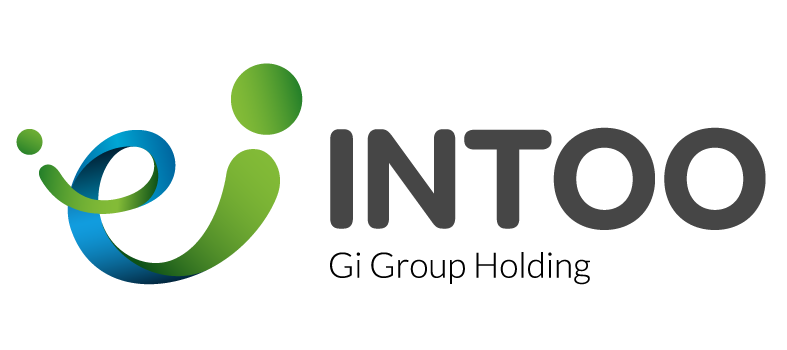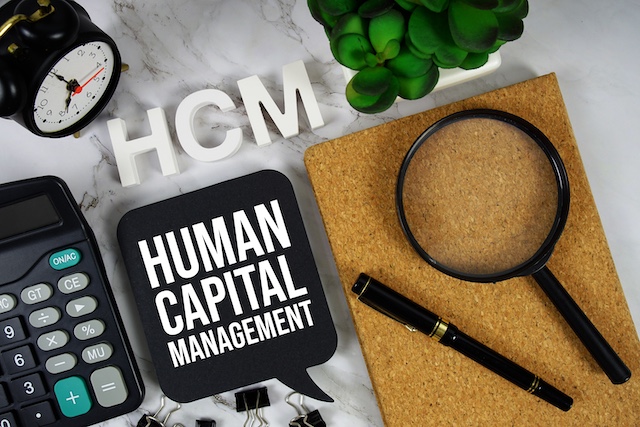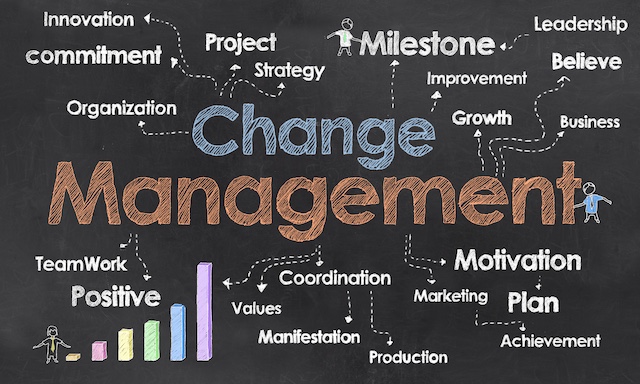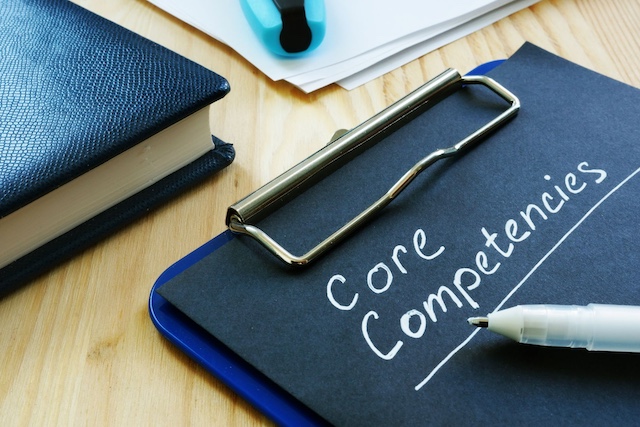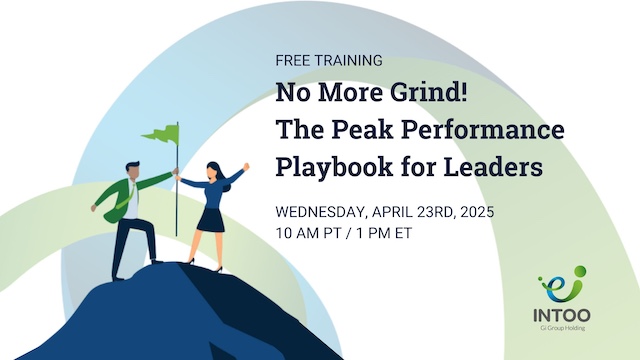Diversity isn’t the same as inclusivity. Often used interchangeably, these represent distinct concepts in the workplace.
Diversity refers to differences within a given setting, including race, gender, age, sexual orientation, cultural background, and more. It is about the what—the makeup of the workforce and the range of unique characteristics and perspectives that individuals bring to an organization.
On the other hand, inclusivity is about the how—creating an environment where all individuals, regardless of their diverse backgrounds, feel valued, respected, and able to contribute fully.
Now more than ever, creating an inclusive and positive workplace environment is not just a necessity, but a strategic move for organizations aiming to stay competitive and innovative. While diversity lays the groundwork, true inclusivity transforms a diverse workforce into a cohesive, dynamic team that drives creativity, strengthens company culture, and enhances overall performance.
What Are the Principles of an Inclusive Environment?
Several fundamental principles and concepts underpin an inclusive environment, ensuring that all individuals are integrated and valued within the organization.
First, inclusivity actively avoids physical or social segregation, discrimination, and isolation, fostering a culture where everyone feels part of the community. Inclusivity means systemic, physical, or cultural barriers are identified and dismantled for equal participation.
Next, an inclusive environment prioritizes seeking and acting on input from all workforce members, ensuring diverse voices are heard and considered in decision-making processes. The collaborative approach enriches the organizational culture and drives innovation and growth.
9 Innovative Ways to Create an Inclusive Environment
With rising workplace standards, prioritizing inclusivity is a strategic move for talent acquisition, retention, engagement, and long-term success, driven by a systematic approach and bold steps to strengthen inclusion.
1. Get the leadership on board
Getting your leadership team on board is the first step in creating an inclusive workplace.
With leadership buy-in, inclusivity efforts can become cohesive and integrate fully into the company culture, making it easier to achieve lasting impact. Leadership is crucial in shaping your organization’s culture, and their commitment to inclusivity can inspire others to follow suit.
Start by educating your leaders about diversity, equity, and inclusion (DEI). Offer training on critical topics such as unconscious bias, cultural competence, inclusive leadership, diversity in recruitment, and equity vs. equality. Emphasize the benefits diversity of thought and experience bring to the organization, and how it can make it more innovative.
Once your leaders are on board, they can set the tone for inclusivity. Holding them accountable for progress in inclusion and diversity (I&D) is also essential. This means putting core business leaders—not just HR or employee resource groups–at the forefront of these efforts. By empowering and supporting your leaders, you can ensure that inclusivity becomes a genuine and integral part of your organization’s culture.
2. Model inclusive language
Drive change by modeling inclusive language in all company communications. Start by using employees’ preferred pronouns and opting for terms like “spouse” or “partner” instead of gender-specific terms.
Avoid assumptions about relationships and use gender-neutral terms like “parent” instead of “mother” or “father.” Be mindful of cultural and ability-related language, choosing terms that respect all identities and experiences. For example, use “person with a disability” rather than “disabled person” to emphasize the person first.
Additionally, use “they” as a singular pronoun when gender is unknown, opt for “folks” or “team” instead of “guys,” and choose “workforce” over “manpower.” Replace “chairman” with “chairperson” or “chair,” and address audiences with “everyone” instead of “ladies and gentlemen.” By incorporating these practices, you ensure that your language is respectful and inclusive of all identities.
3. Conduct regular 1-on-1 “sync-ups”
Encourage regular 1-on-1 sync-up meetings. These meetings go beyond just feedback sessions—they’re a powerful way to build trust and open communication.
Use these sync-ups to discuss various topics, from how an employee is settling into a new role to their long-term career aspirations. For instance, if someone is tackling a challenging project, a meeting provides the perfect opportunity to check in on their progress, offer support, and collaborate on solutions to any obstacles they might face.
These sessions are also ideal for addressing work-life balance, particularly during high-pressure periods, by discussing any necessary adjustments to help manage stress. Dive into professional development by exploring future goals, identifying training opportunities, and mapping potential career paths. This is also the time to gauge how included and valued employees feel in the workplace—ask for honest feedback on what’s working and where improvements can be made.

4. Create safe spaces
Many companies have already promoted non-binary and genderqueer inclusion by providing gender-neutral restrooms, but creating safe spaces means more.
Creating safe spaces goes beyond providing gender-neutral restrooms. It involves considering diverse privacy needs and accommodating them. This could mean adding lactation rooms, recreational, prayer, or meditation spaces, and quiet work areas. In remote settings, encourage pronoun use in digital signatures and make social events optional for introverts. Partner with managers to understand and advocate for these needs. By doing so, you ensure every employee feels supported and valued, leading to increased comfort, productivity, and a stronger sense of belonging.
5. Expand your holiday calendar
Small gestures can make a big impact, especially regarding minority representation. Look at your company’s holiday calendar—does it go beyond the usual Christmas and New Year’s?
Consider adding holidays that reflect the diversity of your team. This could include Rosh Hashanah and Yom Kippur for Jewish employees, Eid-al-Fitr and Diwali for Muslim and Hindu colleagues, and even Lunar New Year. Even if these can’t be official days off, simply acknowledging them can go a long way in making everyone feel recognized and valued.
6. Establish a workplace inclusivity task force
A workplace inclusivity task force should be composed of diverse employees representing various departments, levels of seniority, and demographic backgrounds. The task force’s primary role is to identify areas where inclusivity can be enhanced, gather employee feedback, and implement targeted initiatives to address those needs.
For example, the task force could conduct regular inclusivity audits, assessing company policies, communication strategies, and workplace practices to identify potential gaps. They could then develop specific action plans, such as revising outdated policies, introducing new training programs, or organizing events celebrating diversity within the organization. The task force could also act as a bridge between employees and leadership, ensuring that the voices of underrepresented groups are heard and considered in decision-making processes.
7. Create events and initiatives focused on inclusivity
As part of an “All In” event toolkit for workplace inclusion, there are plenty of options. Host Pride Month mixers, screen documentaries during lunch, or invite guest speakers to discuss topics like disability awareness, cultural heritage, music, neurodiversity, or gender equality.
You could also organize cultural potlucks where employees share dishes from their backgrounds or create workshops on unconscious bias and allyship. Make sure your organization’s external activities reflect your commitment to diversity. Invite different kinds of speakers and attendees at public-facing events, and choose charitable causes that support underrepresented communities during volunteer days and fundraisers.
8. Ensure digital accessibility
Digital accessibility is equally important in today’s technology-driven workplace. Evaluate your company’s digital platforms, including websites, software, and communication tools, to ensure they are accessible to employees with disabilities. This might involve adding screen reader compatibility, providing captions for video content, and offering alternative text descriptions for images.
Ensure that training materials and internal documents are available in accessible formats, such as large print or braille, and that employees are trained to use accessible technologies.
9. Provide spaces for skilled (but quieter) coworkers
Traditional corporate culture often favors extroverts—those who speak up in meetings, lead projects, and self-advocate tend to advance more quickly than their quieter, equally skilled peers.
To foster inclusivity, train managers to create space for introverted employees in meetings, encouraging them to share their insights without pressure. Offer resources like noise-canceling headphones and provide avenues for non-verbal feedback, such as weekly pulse surveys and suggestion boxes.
Designate quiet areas for work and meals, allowing introverts to recharge and continue contributing their best. Consider implementing flexible meeting formats, such as written input before discussions, and recognize contributions in various forms, ensuring all voices are valued and heard.
Conclusion
Creating an inclusive environment requires deliberate and sustained effort. By implementing these strategies, organizations can cultivate a workplace where everyone feels valued and empowered to contribute their best. Inclusivity is a moral imperative and a strategic advantage that fosters innovation, collaboration, engagement, and long-term success.
Managers are key to creating an inclusive environment. Ensure your experienced and developing leaders are skilled in current best practices with INTOO’s leadership training and career development workshops. Contact us today to learn more about the programming that will help your organization succeed.
